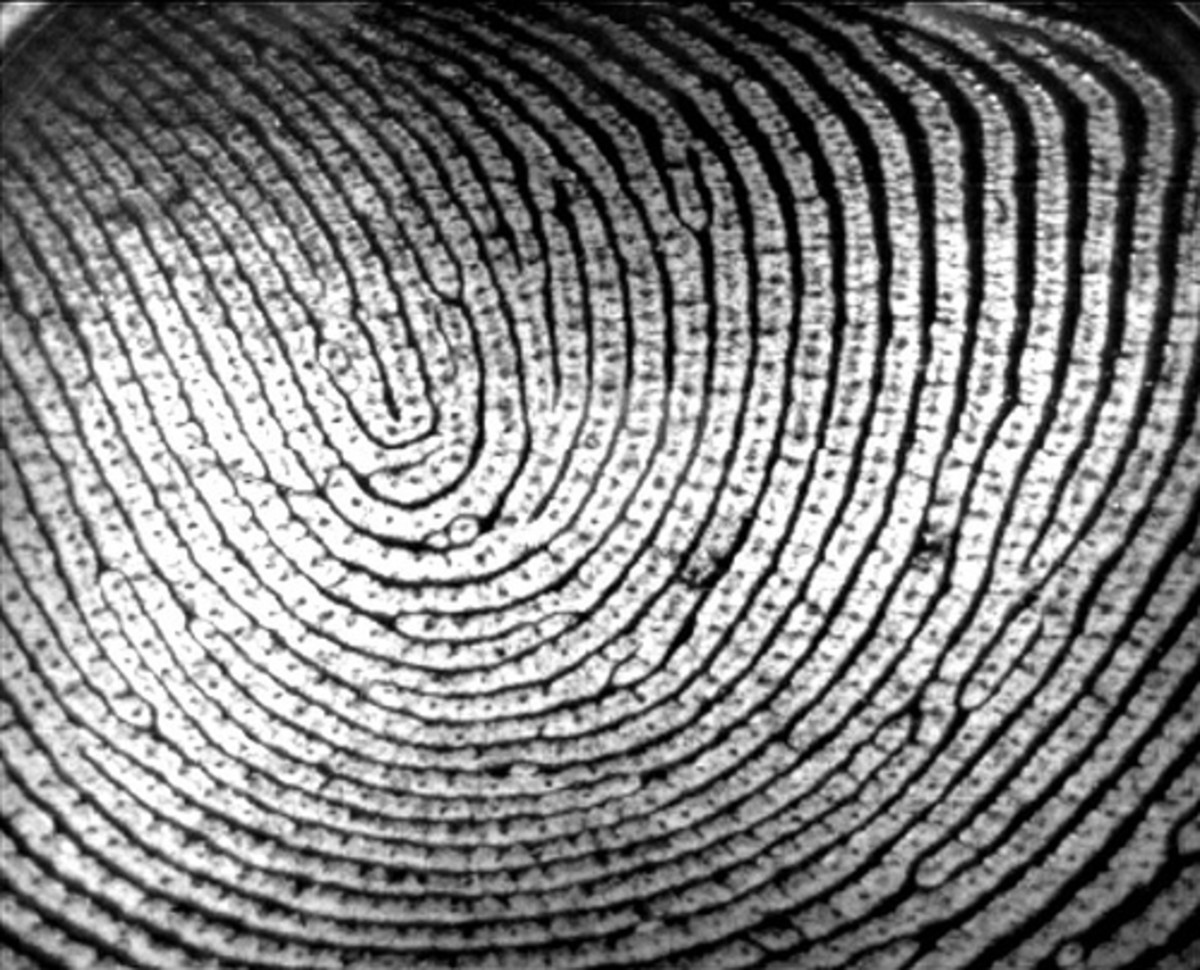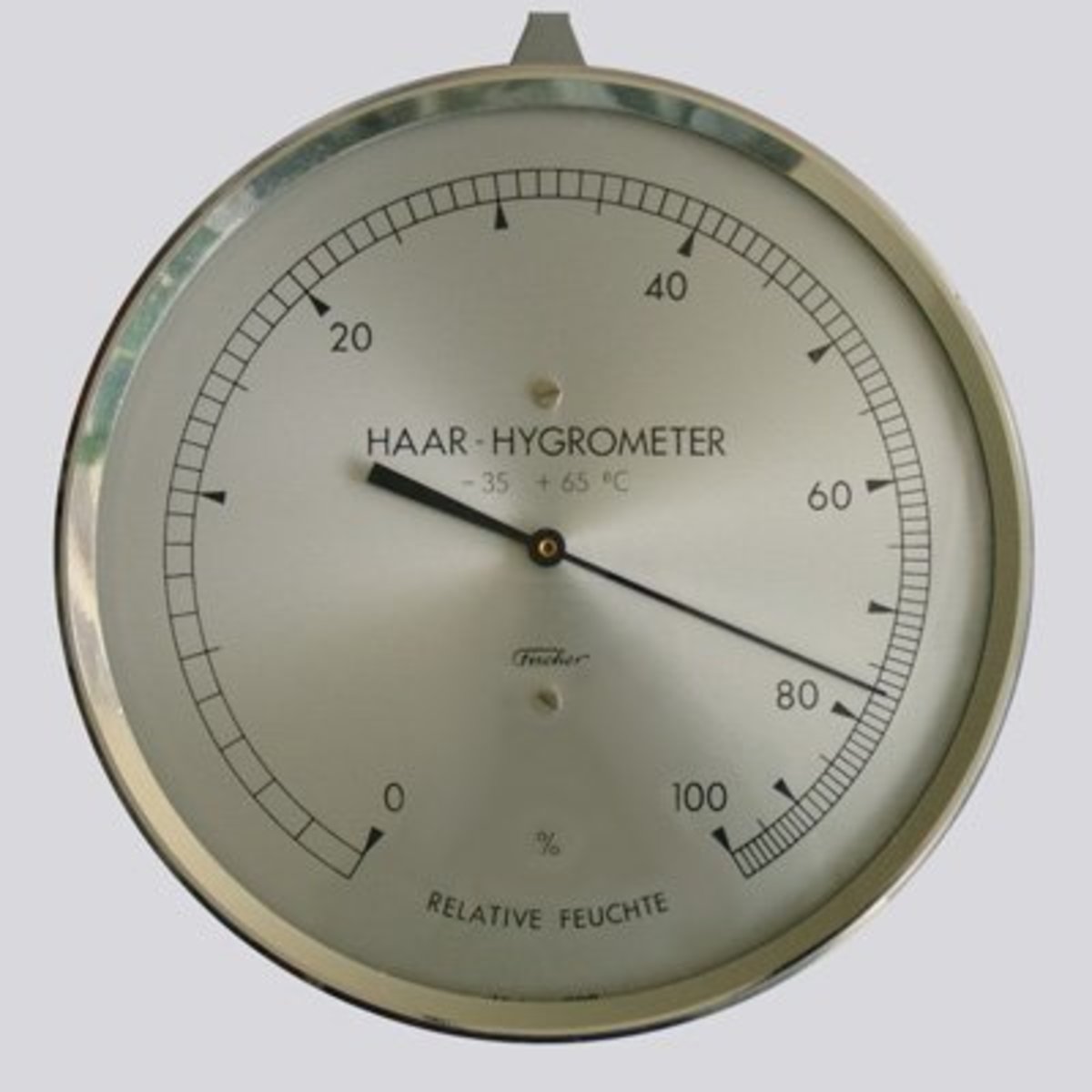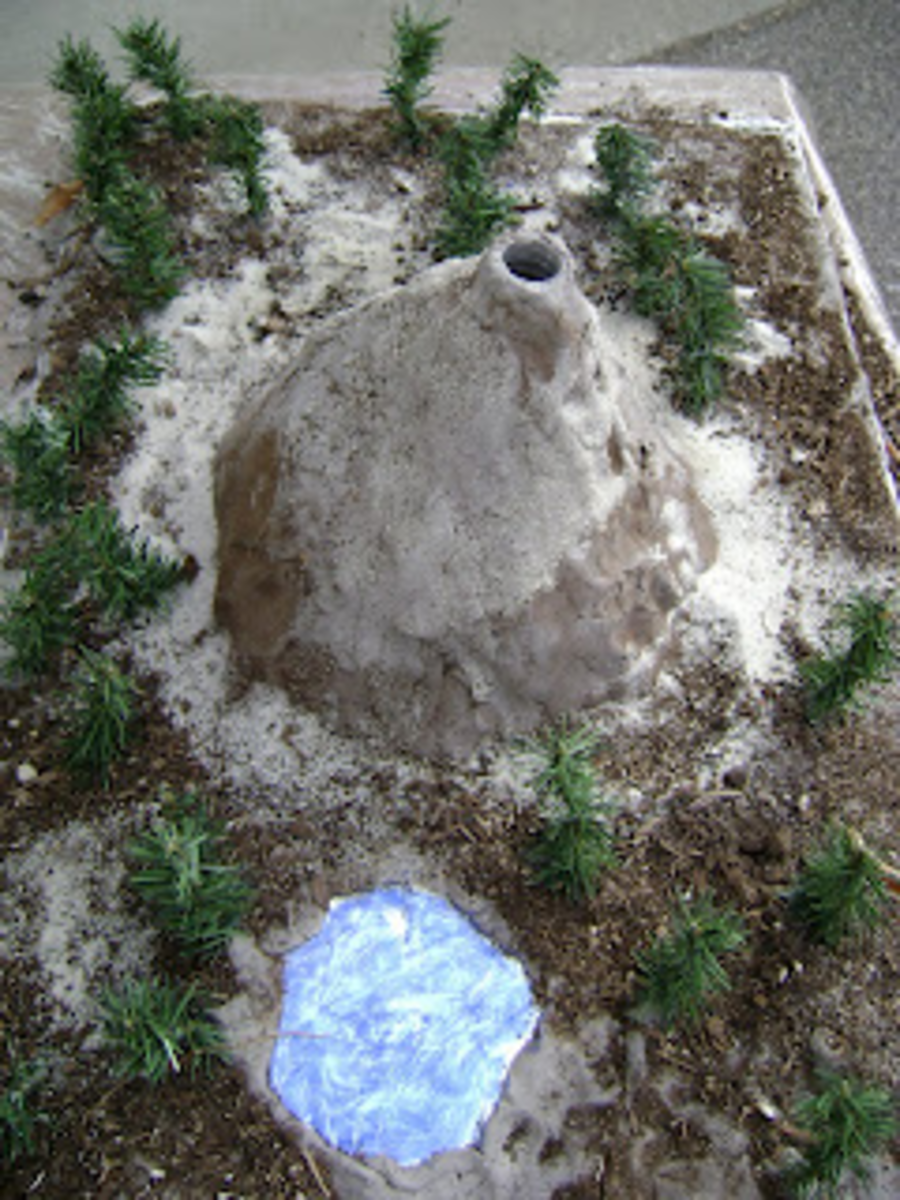Experiment in Science Fair Project
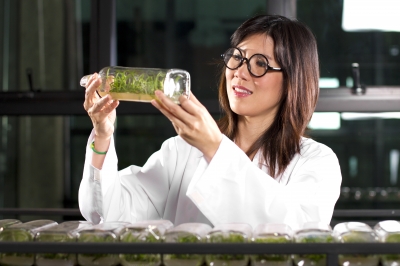
Ideas for the Science Fair
It’s that time of year again. What to do for the kid’s science fair experiments. Sorry, that should read, what the kids are supposed to do for their own science fair experiments. Here are a few ideas for a chemistry, biology and physics science fair project, with items you will need and a description of how you make it.
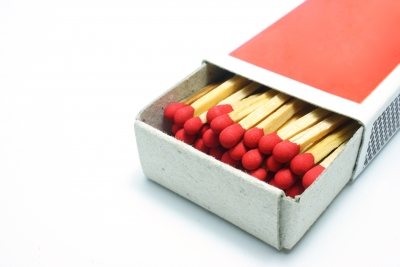
Physics Science Fair Project
Miniature guitar built using a matchbox
This experiment demonstrates how stringed instruments work. The sound is produced because of two things, the result of the strings’ vibration and the hollow body of the guitar (or in this case, the matchbox) which affects the tone. Don’t groan, but originally, guitar strings were made from cat gut – yes, you’ve got it, the inside of a cat, yum! These days though, they are usually made from nylon or steel – slightly more appetizing.
What do you need to make your Physics Science Fair experiment
1) An empty matchbox
2) 4 to 6 rubber bands
3) Balsa wood or an equivalent soft light wood
4) Sharp knife (craft or equivalent – be careful)
How to make your miniature guitar
1) Firstly, cut the piece of balsa wood into a slightly tapered rectangle where the long side is the same length as the width of the matchbox. When I say tapered, I mean that if you have the longest edge held horizontally, then the one vertical side will be slightly higher than the other. Then score very tiny grooves in the top at an equal spacing to each other corresponding to how many elastic bands you have. Therefore, if you have 4 elastic bands, score 4 grooves spread across the top side, if you have 6 elastic bands, score 6 grooves.
This will be the bridge of the guitar.
3) Lay the wood on the matchbox and open the matchbox so it is about a quarter open.
4) Put the rubber bands over the matchbox (lengthways) and space them evenly. If they need tightening up, then open the matchbox a little to stretch them.
5) Raise the bridge up (turn it 90 degrees from lying down to standing up on top of the matchbox). Then fit each band so that it rests on its own groove that you scored earlier.
6) Play your very own guitar by plucking the strings with your finger. If you want higher sounds, then the band needs to be more tightly strung so it may help to use different sized bands to start with, or you can put your finger on a band to get the same result. This happens on real guitars when the player puts his or her finger on a fret to in effect shorten the string to make a higher sound. The strength of the plucking can also affect the frequency and pitch of the sounds. Experiment to find different pitches and sounds.
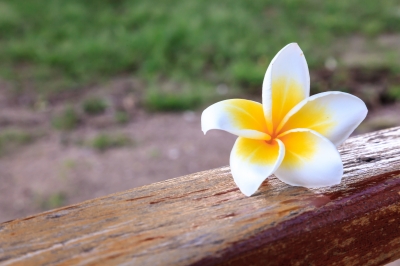
Biology Science Fair Project
Creating a double colored flower
This science fair experiment changes a white flower into a colored flower by simulating the capillary action that plants and trees use to draw water in and along their stems and branches.
What do you need to make your Biology Science Fair experiment
1) A white flower with long stem (and leaves if possible)
2) 2 glass jars or tumblers
3) Something sharp to cut the flower stem (craft knife or similar – please be careful)
4) Food dye that is water soluble (red or blue)
5) Water
How to make a double colored flower
1) Fill your 2 jars or tumblers with water.
2) Mix the food dye in one of them.
3) Using the knife, split the stem lengthways.
4) Place each half of the split stem in each of the tumblers. One in the plain water, one in the dyed water.
5) Walk away and leave as is for a few hours. This is the hard bit as it will take a while but after about 6 hours, half of the flower should have changed from white to the color of the dye you used.
The water (and dyed water) will rise through the narrow tubes that carry the sap because of capillary action. This carries the water up to the petals and the dye, when it reaches the petals will change it’s color from white. All plants and trees use capillary action to get their water and nutrients through the roots then their stem or trunk. This finally results in the water reaching the flowers and/or leaves.
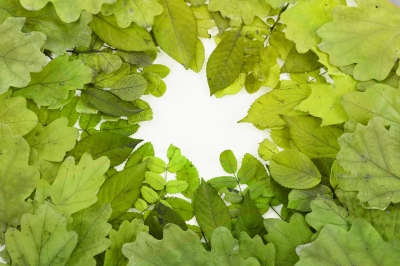
Chemistry Science Fair Project
To confirm that water exists in all living organisms
Water is very significant in living organisms as it is used to transport vital nutrients across the entire body of the organism right down to the cellular level. For example, red blood cells contain 99% water – so make sure you drink enough to avoid dehydration.
What do you need to make your Chemistry Science Fair experiment
1) A test tube, test tube holder and stand
2) Any sort of green leaves (the less waxy the easier to extract the water)
3) Bunsen burner
4) A beaker
5) White anhydrous copper sulphate (anhydrous means without water)
How to prove that living things contain water
1) First, place a few of the leaves in your test tube.
2) Attach the test tube to the stand in a horizontal position with the leaves at the one end.
3) Place your burner under the end of the tube with the leaves in it and the beaker over the open end so that it can collect anything leaving the test tube.
4) Turn on your burner and heat the leaves. There should then be a vapour coming out of the tube and this will condense in the beaker.
5) Once you have enough, use a drop of this liquid and add it to your white anhydrous copper sulphate. If the mixture turns blue then that will prove that you have extracted water from the leaves. This then proves that the living organism used in your experiment contained water.
Good luck with these three science fair experiments and I hope you found them useful.




